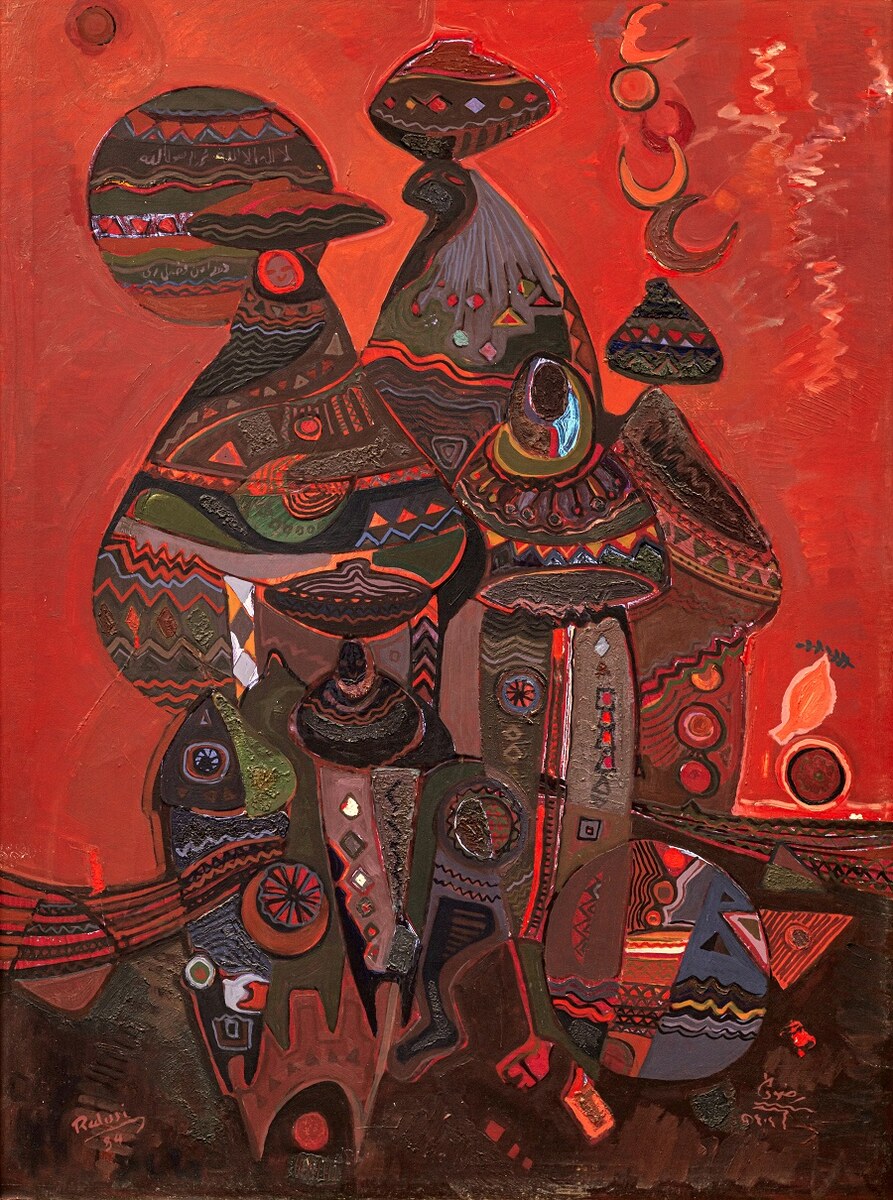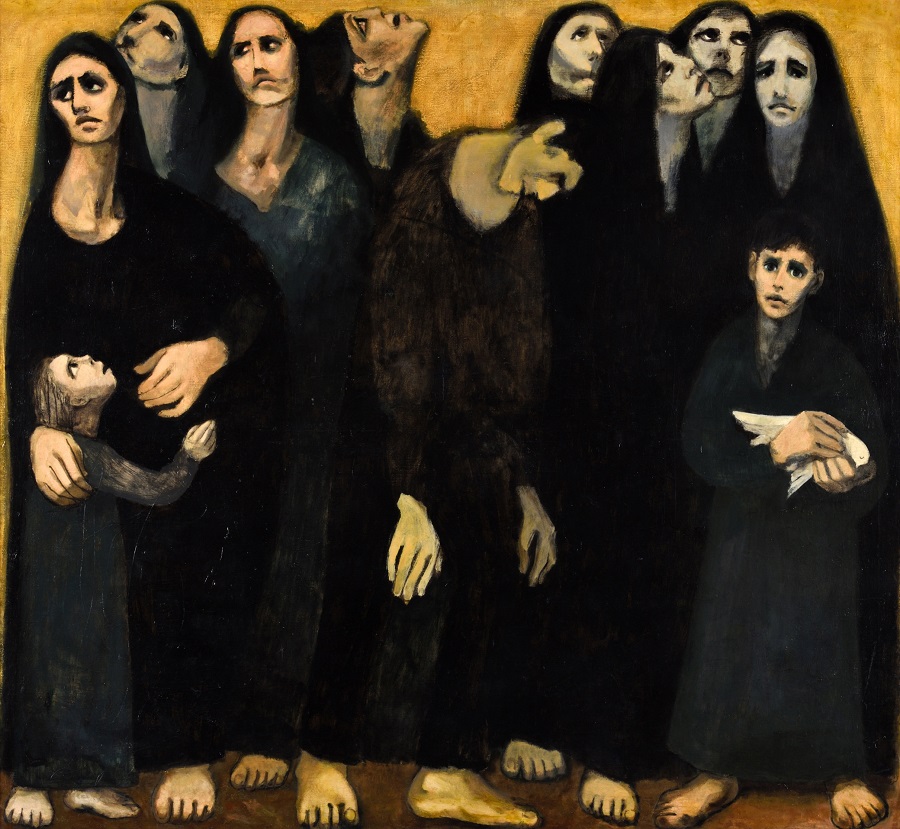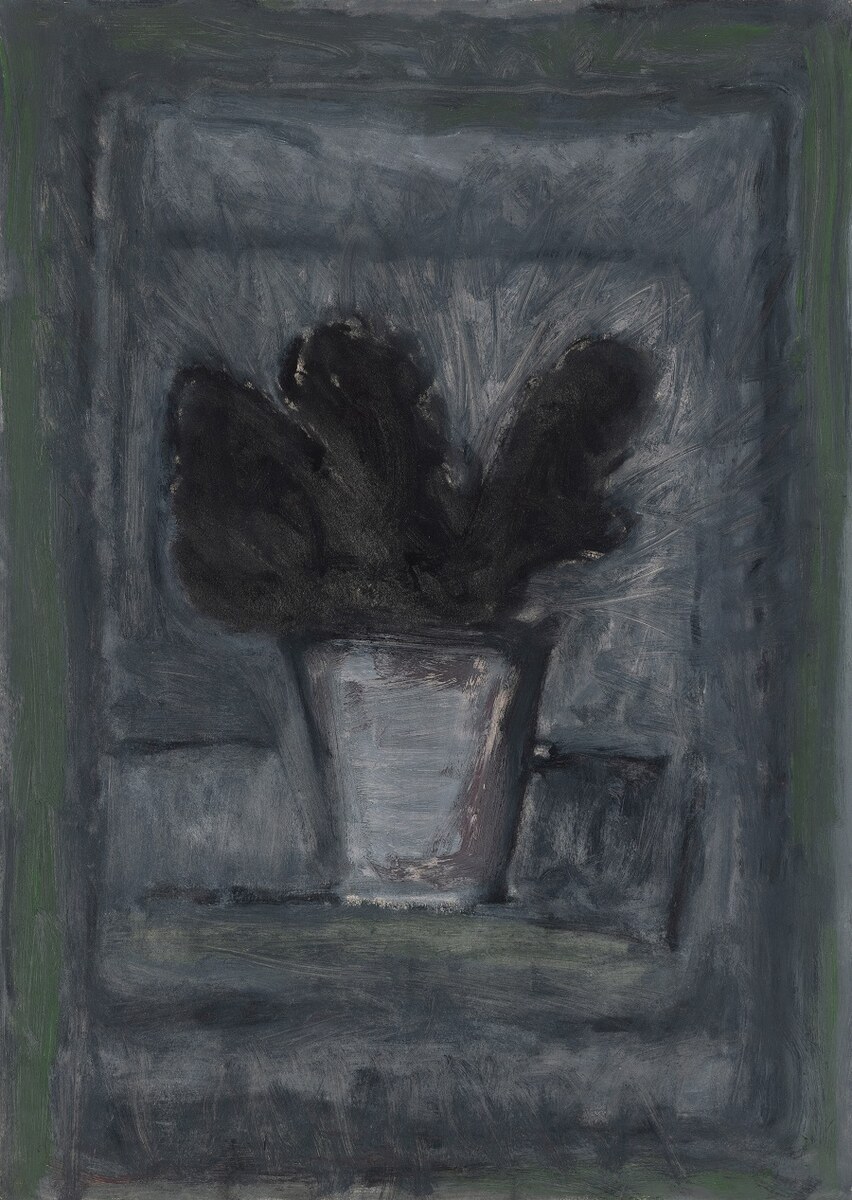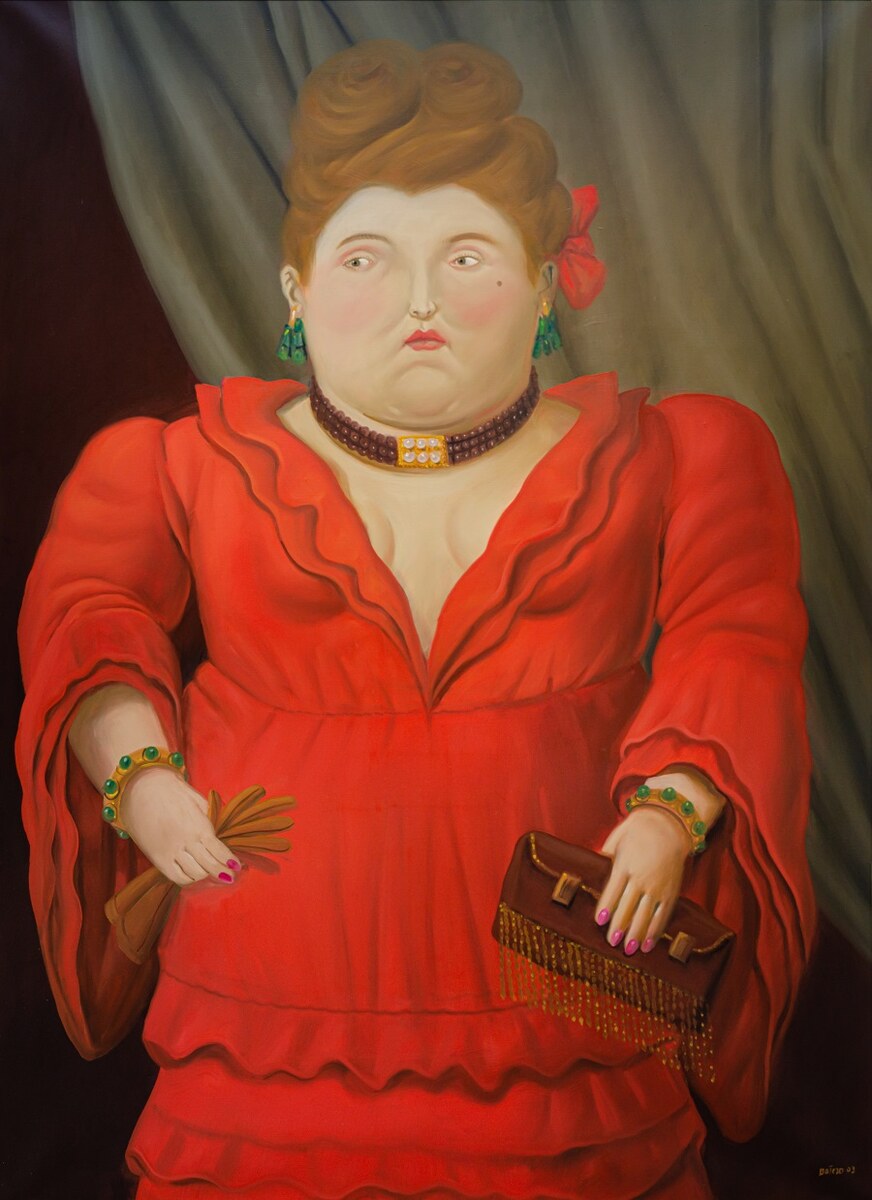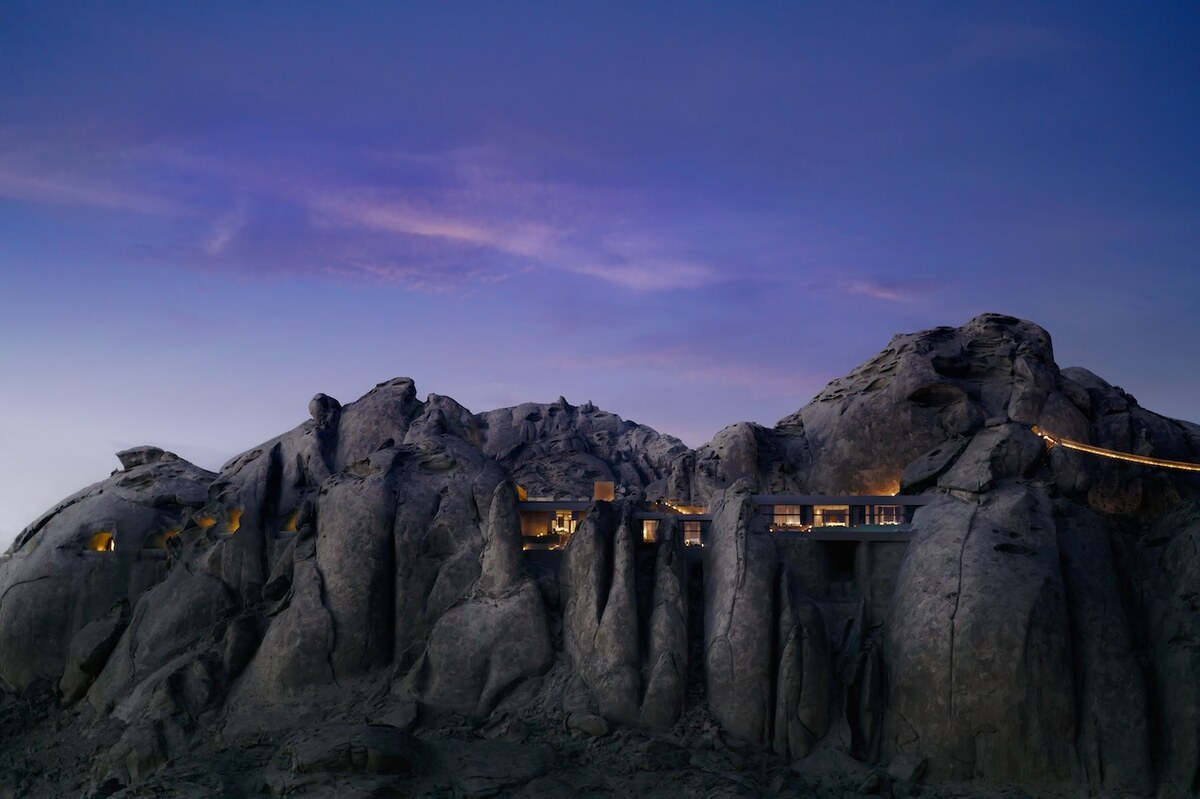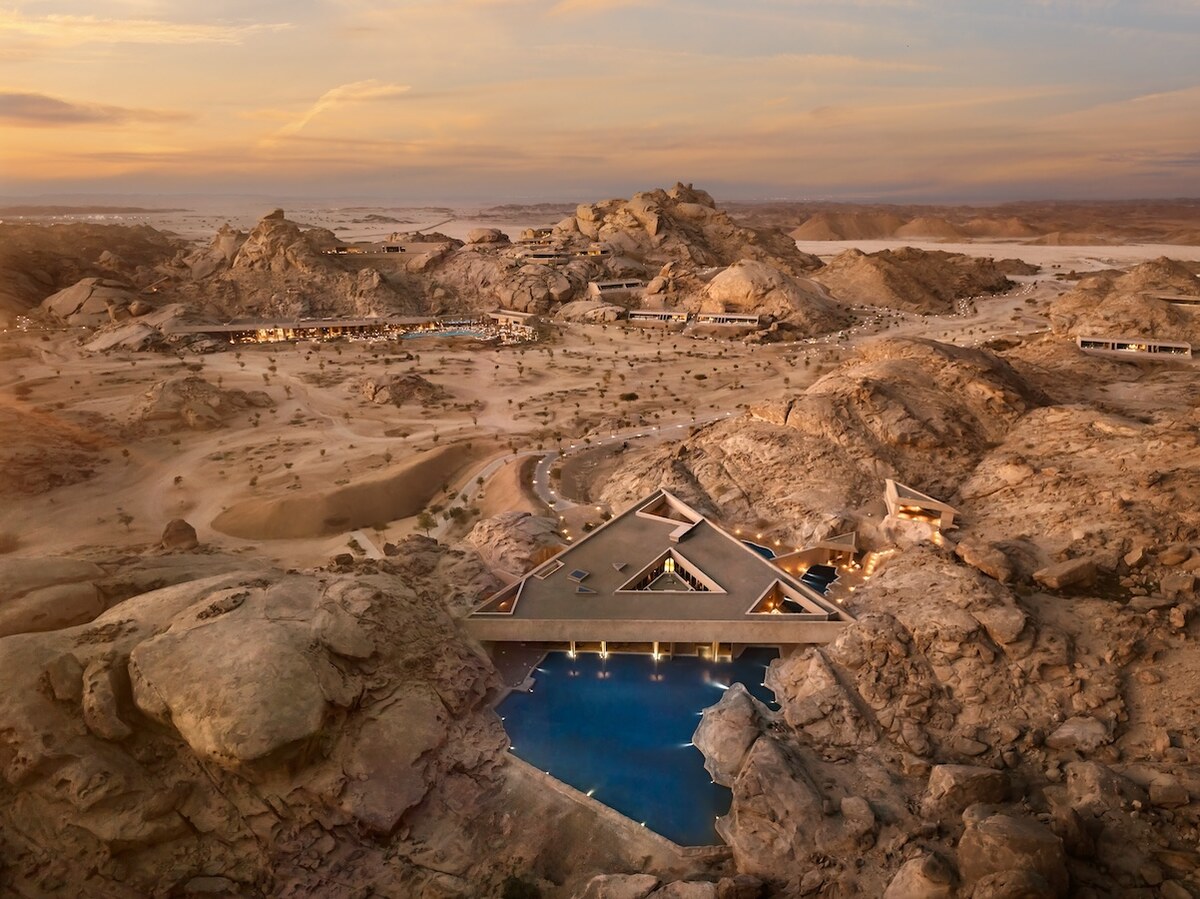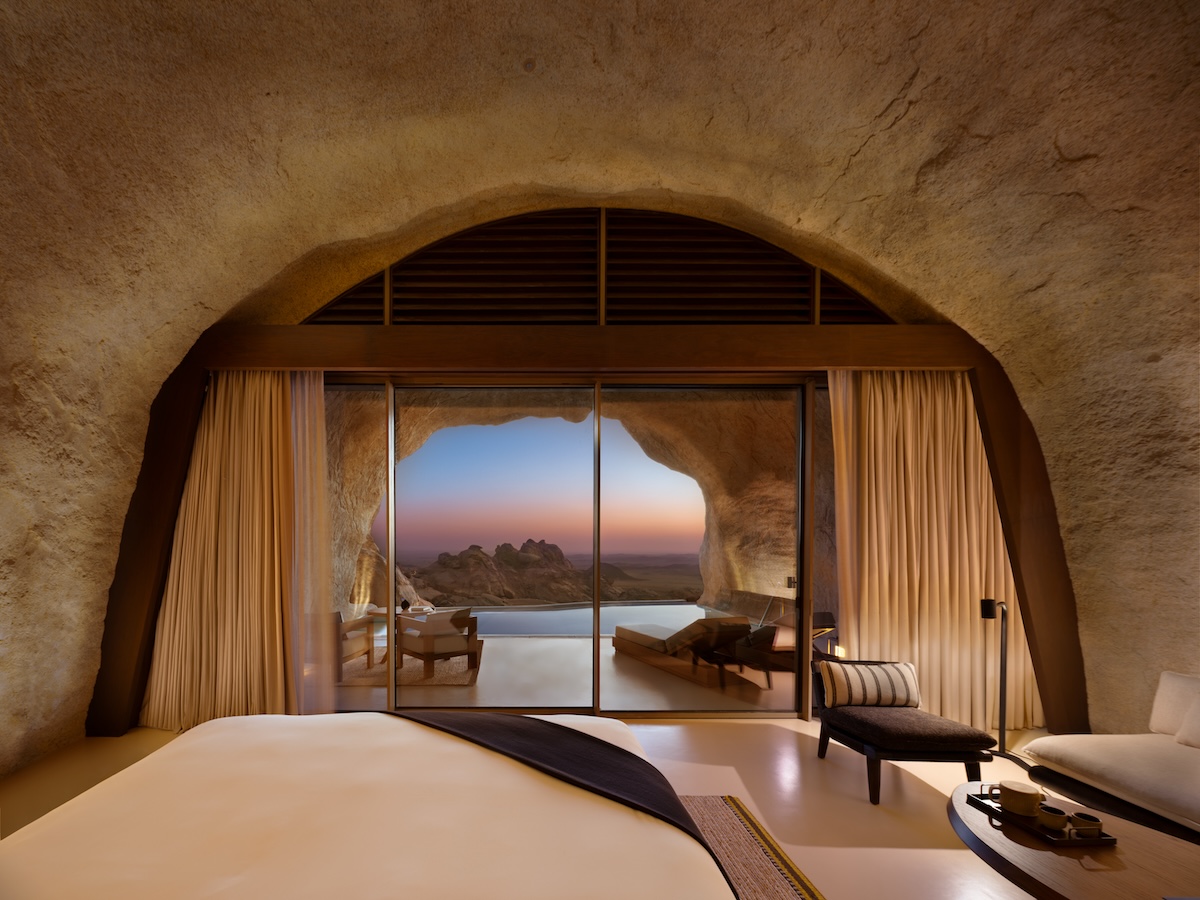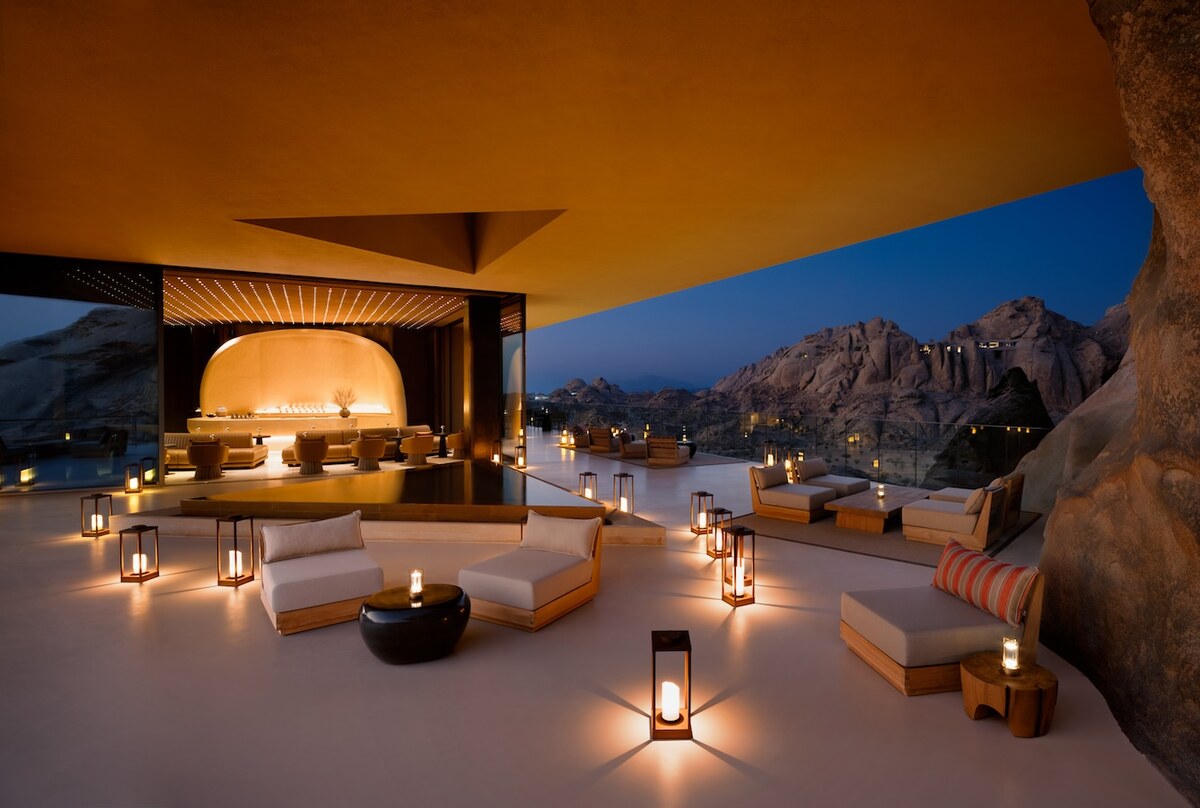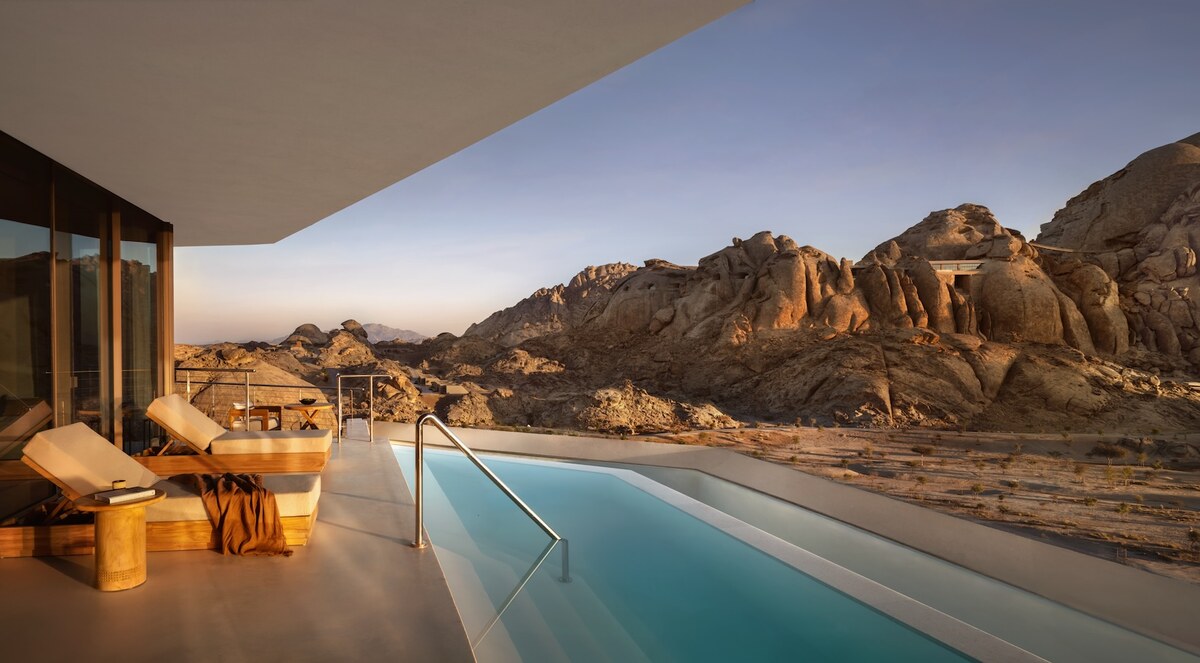JEDDAH: Saudi film “Wa Isjod Wa Iqtareb” (“Prostrate and Draw Near”) won the “Animation That Matters” award during the Animaze Animation Day event at Marché du Film, the industry networking section of the Cannes Film Festival.
Directed, produced, and written mother-daughter duo Suraya Al-Shehry and Nabila Abuljadayel, the film was created via production company Suraya Productions and explores the period of time during the COVID-19 pandemic when cleaning staff replaced the usual mix of international worshippers at the Grand Mosque in Makkah.
The film integrates traditional art and 2-D animation, but it is its subject matter that makes it unique, according to Al-Shehry.
“In the history of cinema, there has been a noticeable lack of films focusing on Makkah and the Holy Mosque, particularly in the realm of animation. Collaborating with my daughter … on our short animated film has brought me immense joy and a profound sense of fulfilment,” she said.
She added that the film portrays a significant moment in global and Islamic history by showcasing the Grand Mosque devoid of pilgrims, with the exception of the cleaning and maintenance staff who had the unique opportunity to pray there during the pandemic when no one else could.
Abuljadayel reflected on the nearly two-year project, saying: “For me, the best reward was the chance to collaborate with my mother, an experience that transcends any accolade.”
She emphasized that receiving the award aligned with the film’s core message of celebrating shared humanity.
“I firmly believe that what comes from the heart resonates with others, whether expressed through animation or my artwork, and the greatest testimony of that is the success of this film,” she said.
The creative duo seem to be keen to continue their success, with another project scheduled for completion next year.









